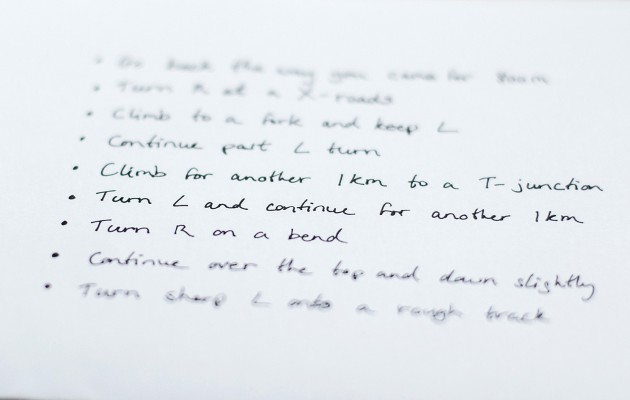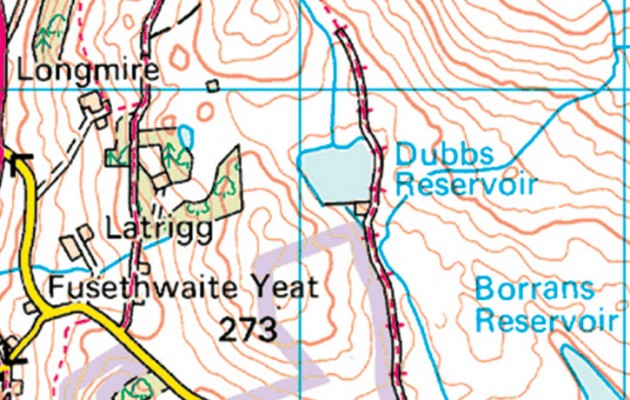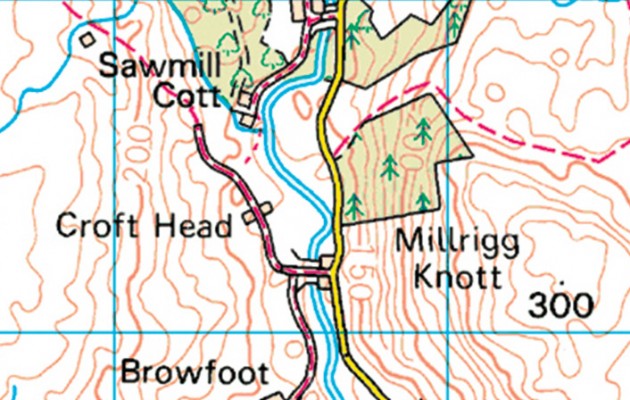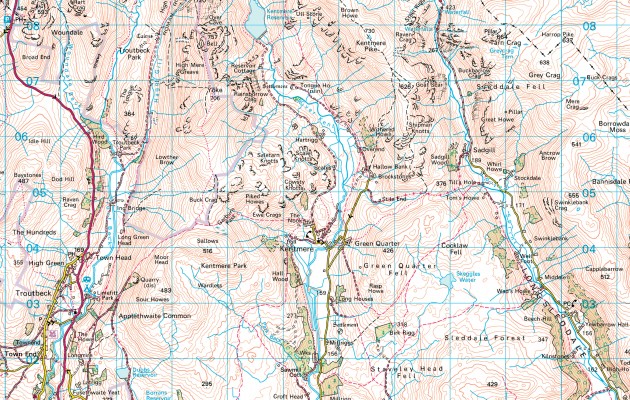Technology will get you out of a lot of situations, but it’s no substitute for basic skills. mbr’s routes guru Tom Hutton explains how he stays on the right track
Break your route into legs

By breaking the route down into bite-size chunks you should be able to memorise the next section of your ride without having to keep stopping. Try the 4 Ds — direction, duration, distance, and description — to help you remember each leg.
>>> 20 Best Mountain Bike Trails in the UK
It’s important that the end of each leg is very recognisable and that you know what you are looking for when you get there, and what you will see if you go too far. You can even write a route card to use as a prompt if you really want to practise.
Identify Key Features

Use your map to identify landmarks you’ll see along the way. These can be anything from junctions and river crossings to huge cliffs, buildings, summits or saddles. Any point of interest will do, as long as you’ll know when you get there. These visual clues will confirm to you where you are and how you’re doing against your planned leg.
>>> Britain’s best looking MTB routes
Measure your distances accurately

Guessing distances on a bike is really difficult. On a steep climb, 100 metres can feel like a mile, whereas on a fast descent, it’s the other way around. Even the most simple cycle computer can measure distances for you — don’t forget to reset it at the start of each leg.
Learn to read contour lines

Contour lines run around hills joining all ground of an equal height. They can be used to tell you whether a trail goes up or down (crosses the lines) or is flat (runs along them). They can also tell you what shape the landscape should be and even what direction you are facing.
Watch: How to ride technical climbs
Practise reading contour lines by orientating your map and comparing what you see on the ground with the paper representation. It’ll soon become second nature.
>>> Britain’s best mountain bike weekend breaks
Carry a compass and know how to use it

Orientate your map by pointing the direction arrow due north on your map, then rotate the map and compass together, keeping them level, until the red magnetic arrow points north too. Now the ground around you should match the map and the direction of your trail should be obvious.




